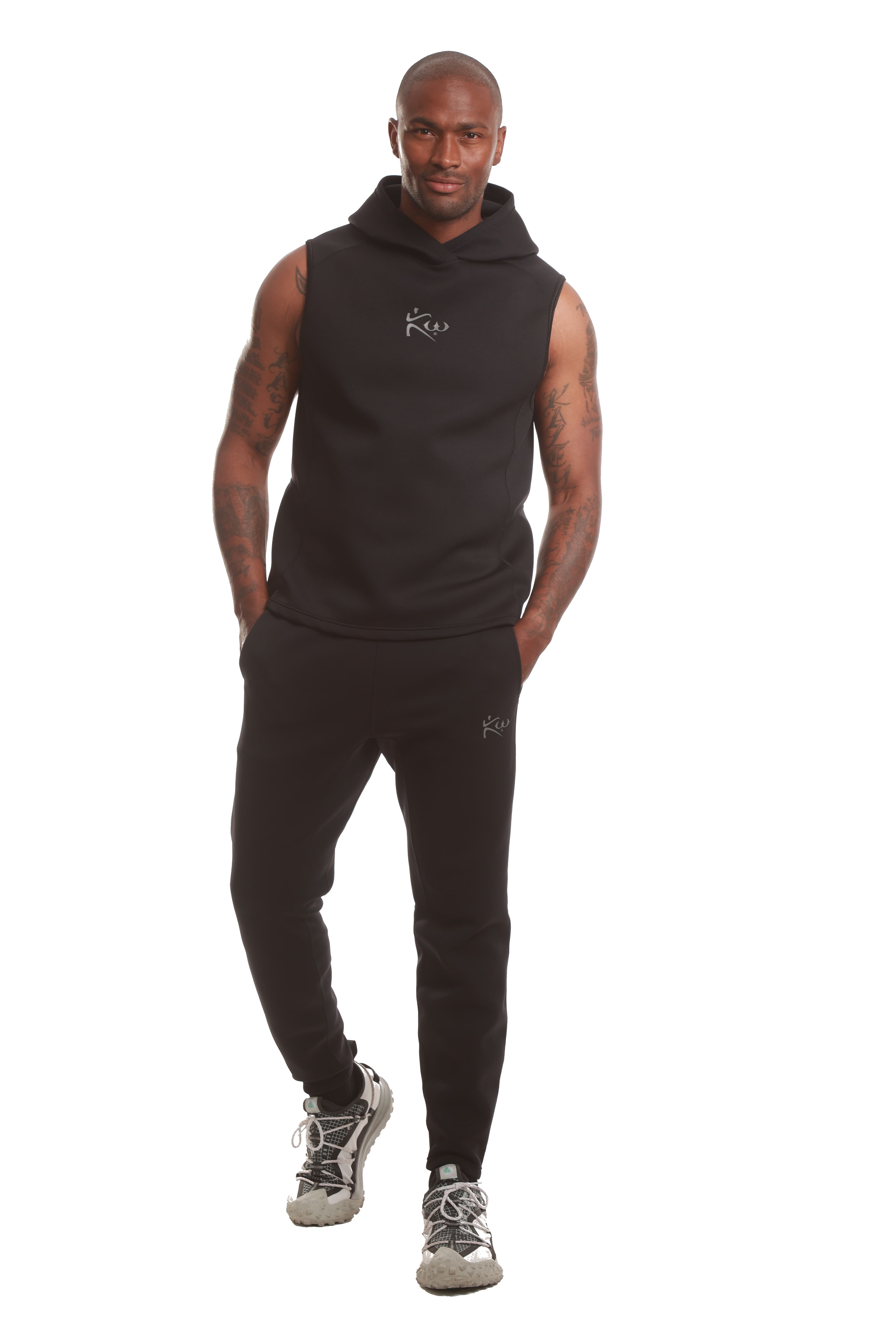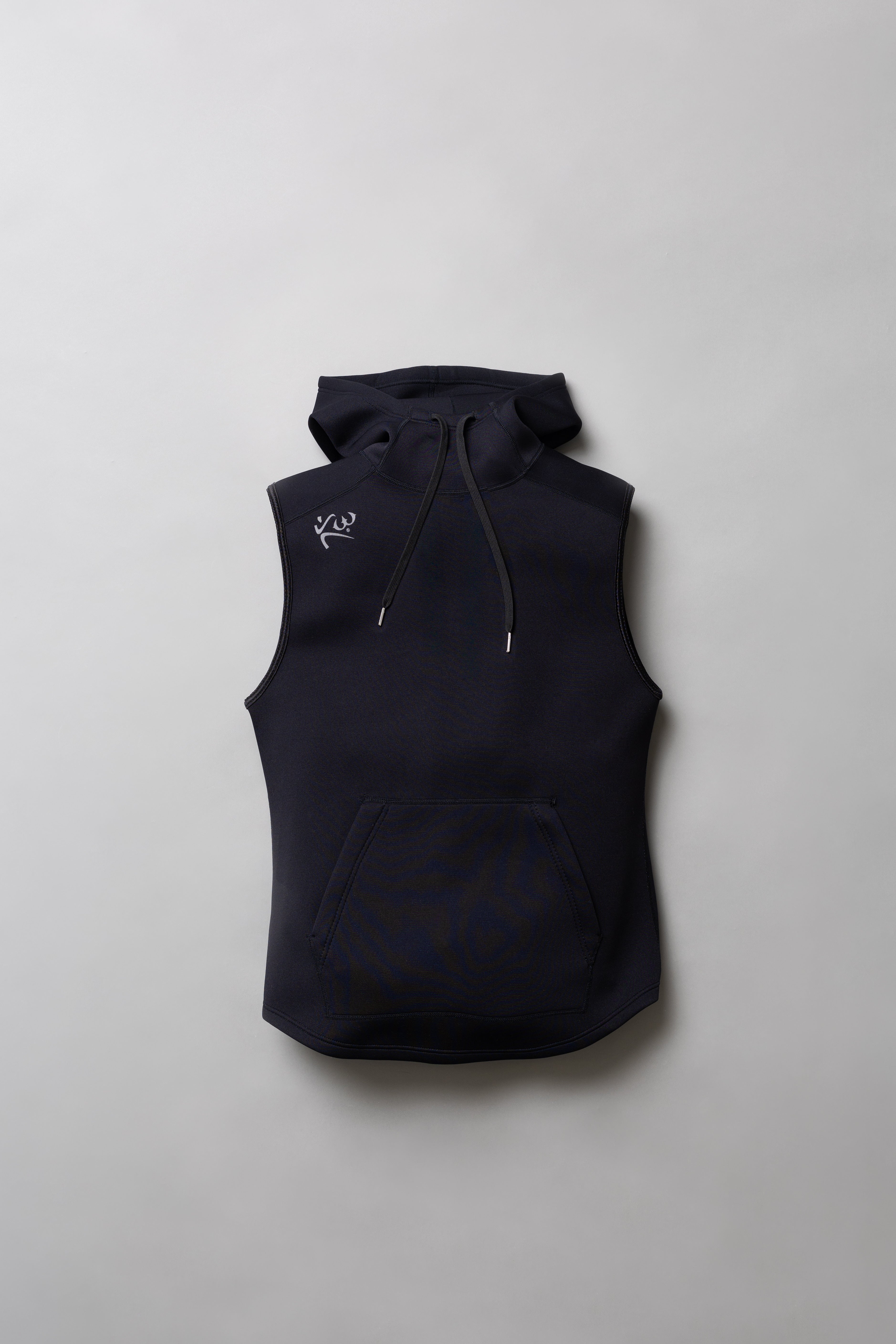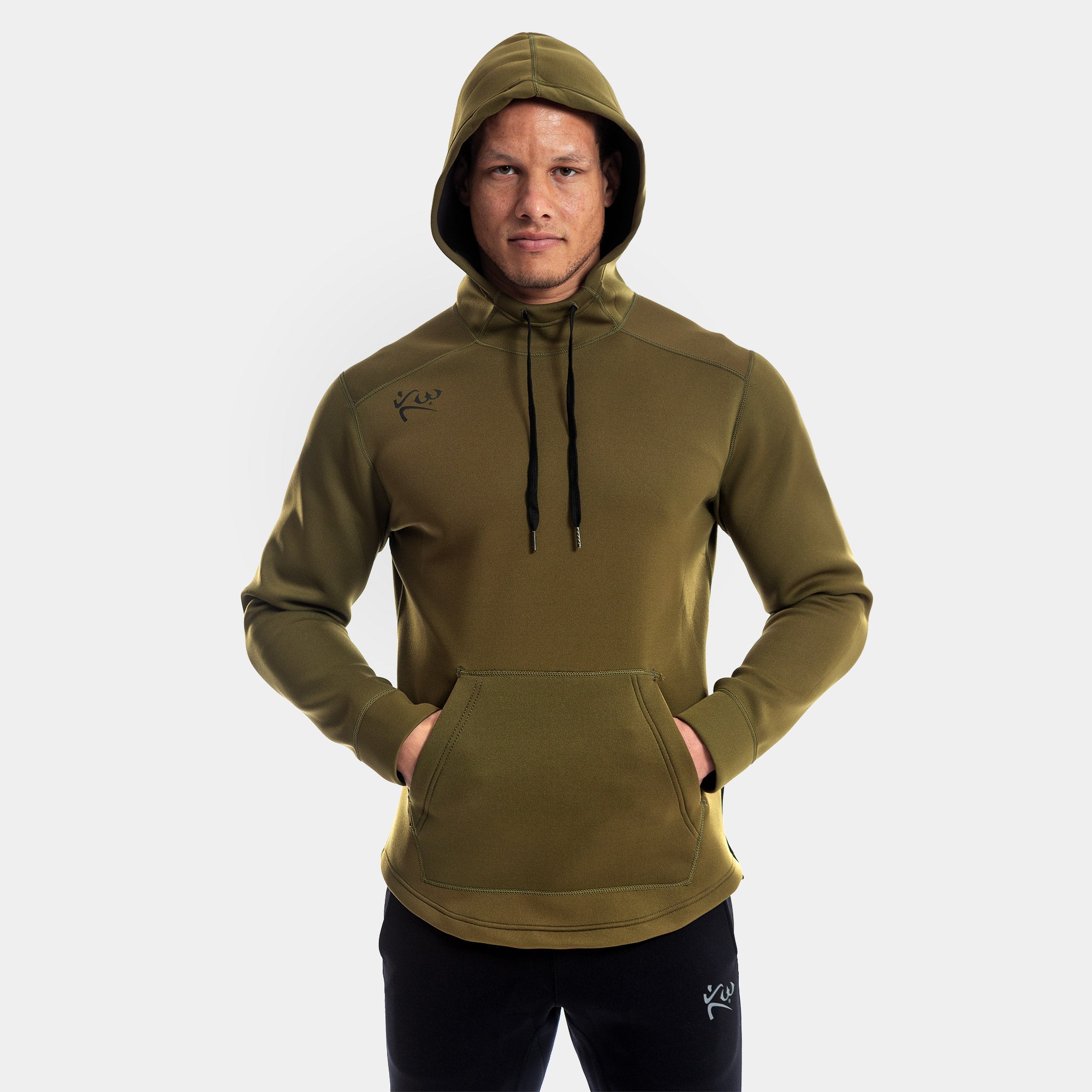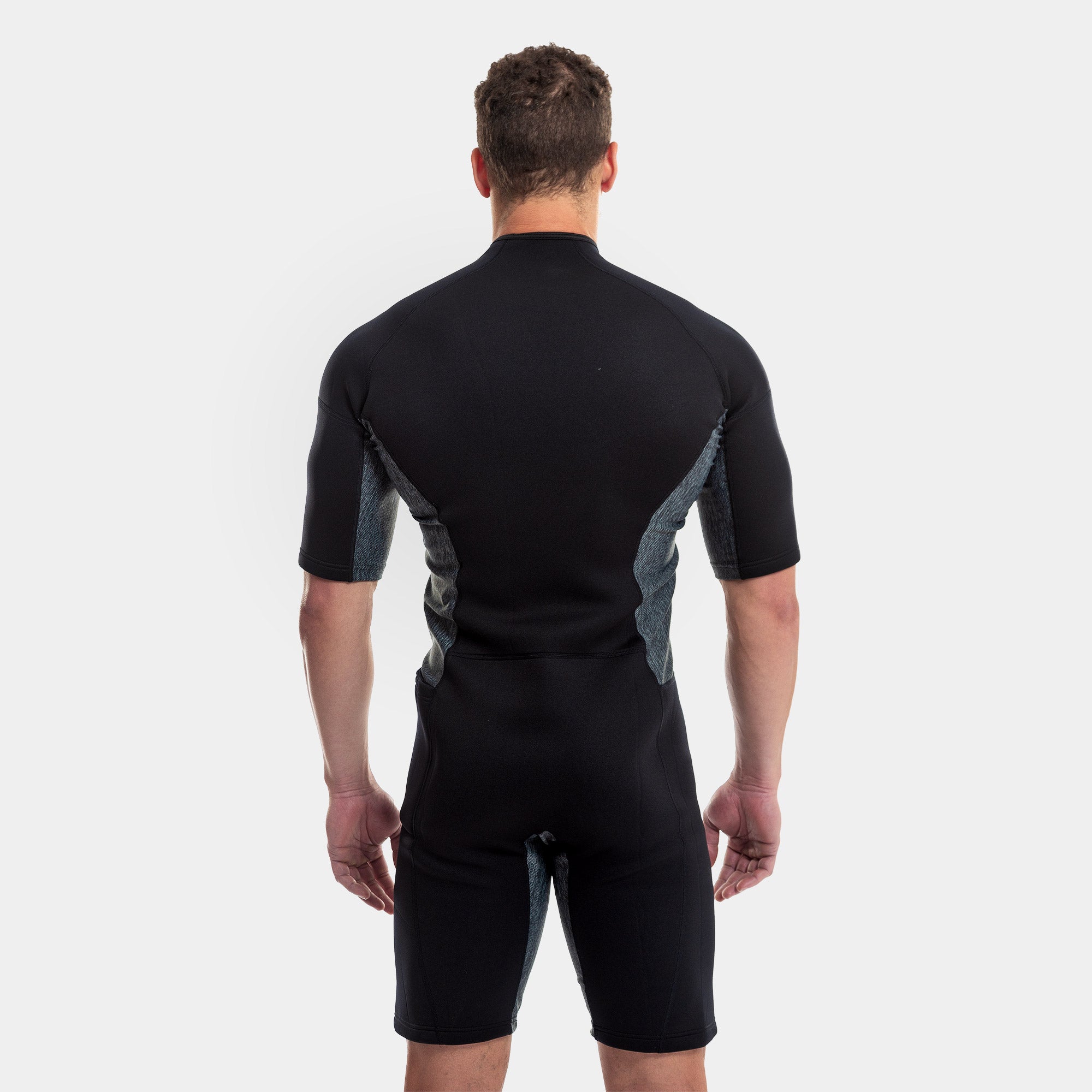Build Your Own Workout: 5 Simple Steps
Are you constantly relying on the latest issue of fitness magazines to find new workouts?
Wouldn’t you rather have the knowledge to create your own workouts?
Want to use that knowledge to make workouts for others?

There’s no need to wait for new issues of exercise magazines to hit the shelves and you certainly don’t need to take the advice of supposed fitness bloggers with no certifications. Let’s take a look at the 5 things you need to know to get you started making your own workouts.
- Figure out Your Days per Week
First and foremost, take a look at your schedule. How many days can you realistically exercise? It’s important to be realistic here because you don’t want to bite off more than you can chew. If you schedule too many days than you can handle, you’ll end up missing workouts and losing interest entirely.
- If you’re a beginner, try out a 3 day routine.
- If you’re more advanced, stick to the 4 or 5 day workouts.

- Choose Your Exercises
This is where you choose your weapons. Sure, all exercises are great as it beats doing nothing but not all exercises are created equal. Compound movements, or the classics, are still the way to go especially if you’re a beginner. Compound movements are ideal for muscle building, fat burning, and overall fitness performance. Here’s a list of the best compound movements to choose.
- Squats
- Deadlifts
- Bench Press
- Clean
- Overhead Press (Combine it with the Clean for a Clean and Press)
- Barbell Row
Schedule at least one day of upper body and one day of lower body. If you’re more advanced, consider doing some isolation work in combination with the compound movements.
- Select Your Weight
Selecting the proper weight will help you determine your numbers for sets and repetitions. You can change up your weight range from week to week to provide new challenges but you’ll need to follow these general guidelines:
- Heavier weights: Less repetitions
- Lighter weights: More repetitions
If your goal is muscle mass and fat loss, use 65% to 75% of your one repetition maximum.
If your goal is strength, use 75% to 85% of your 1RM.
If your goal is power, use 85% to 100% of your 1RM.
- Pick Your Sets
As we mentioned above, the number of sets per exercise per workout will vary based on experience and the weight you’re using. If you’re a beginner, you want to avoid over training the muscle tissue. So it’s best to start with 3 sets per exercise. Once you get more experience, you can increase these sets to provide the proper challenge to your muscle. Unless you’re performing a special form of training, you can shoot for a set range of 4 to 6 per compound movement and 1 to 3 sets for isolation work.
- Choose Your Repetitions
Finally, we have repetitions. Repetitions will be directly connected to the amount of weight you are using. It’s good to use different repetition (and weight) ranges in a given program so that you are constantly keeping your body guessing.
If your goal is muscle mass, use a rep range of 8 to 15.
If your goal is strength, use a rep range of 5 to 8.
If your goal is power, use a rep range of 1 to 5.
Tell Us What You Think!
Do you make your own workouts?
What factors do you consider?
Let us know in the comments below!
0 comments









